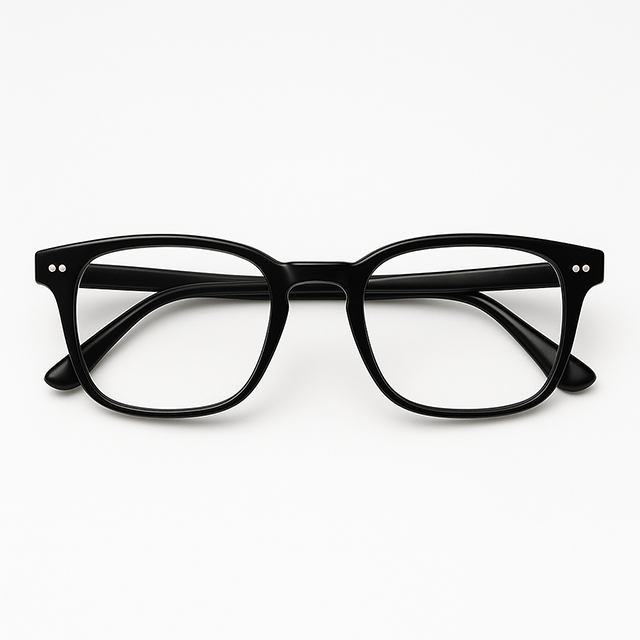Patient Education
Your Glasses Options

Your Glasses Options
Buying eyeglasses requires making decisions about the designs of the lenses, the lens material, and any coatings you may want on your lenses. This guide is meant to be a good start to help you make the right decisions before you purchase.
- Lens Designs
- Lens Materials
- Lens Coatings
- Single Vision Lenses: Your glasses choice depends on whether you need them for distance, up close, or both (eg. for astigmatism).
- Multifocals: This includes bifocals, trifocals, and progressive lenses. Most people prefer progressive lenses as there is a smooth progression from the distance prescription on the top of the lenses down to the near prescription on the bottom. Unlike standard bifocals, this allows you to see at intermediate distances. Trifocals also allow you to see the intermediate distances as there is the top of the lenses for distance, a middle segment for intermediate vision, and the bottom segment for reading. Bifocals on the other hand only allow distance vision through the top, nd near vision through the bottom segment. A wide variety of styles are available for all lens types.
- High-index: This is usually desirable for people with high prescriptions (eg. -5.00D). With higher prescriptions, the lenses tend to be thicker and heavier. High index lenses reduce this thickness and weight of the lenses, which also helps cosmetically.
- Aspheric: These lenses reduce or eliminate distortions found in conventional lenses, providing more superior optics. Benefits of aspheric lenses include lighter and thinner lenses, has a slimmer appearance, and shows less magnification or minification of the eyes as seen through the lenses.
- Polycarbonate: Usually prescribed for children, as polycarbonate is the toughest, impact-resistant material available. Polycarbonate is also used in safety glasses for the same reasons. Patients with functionality in only one eye may benefit from polycarbonate lenses as well, as it is used to protect the "good eye" from harm.
- Polarized: Polarized sunglasses are used to reduce glare from surfaces such as water, snow, vehicles, etc. (great for fishing and skiing). What happens is the light that is reflected from flat surfaces like water, the hood of a car, snow, etc. is generally horizontally polarized. Lenses are made with vertically oriented polarizers to block the annoying horizontal glare, thus allowing the vertical light to pass through the lenses.
- Tinted: A tinted lens, unlike photochromic lenses (below), has a tint that stays constant at all times. Tints are available for almost all lens types and prescriptions, and available in almost all colours of the rainbow. People get tinted lenses for cosmetic purposes and for functional purposes as sunglasses.
- Photochromic: Photochromic lenses change from light to dark when the chemicals in the lenses are excited by UV rays from the sun. They resume their clear appearance when not in direct sunlight. Photochromic lenses are vailable in plastic, polycarbonate, and glass.
- Anti-reflective: Helpful in large prescriptions, to direct away unwanted glare from windshields of vehicles, windows, mirrors, etc.
- Scratch-resistance: Usually recommended for plastic lenses as these lenses are more prone to getting scratched than other lens materials. This helps to preserve the life of your glasses.
- UV coating: This coating protects your eyes from the harmful parts of the UV spectrum of light. It is available in clear and tinted designs.
- Mirror coating: Mainly for fashion, this coating comes in many colours and prevents other people from seeing your eyes.